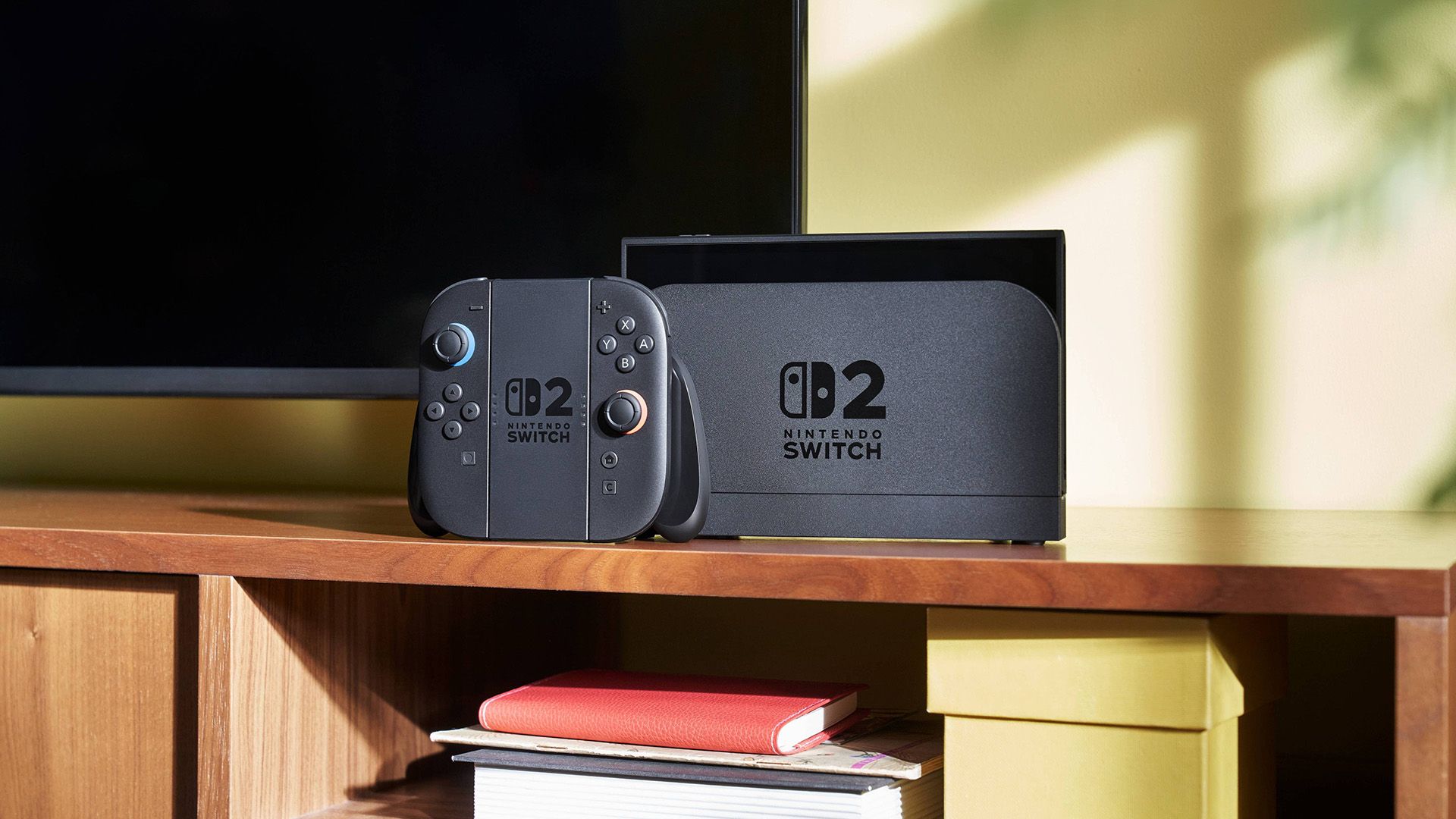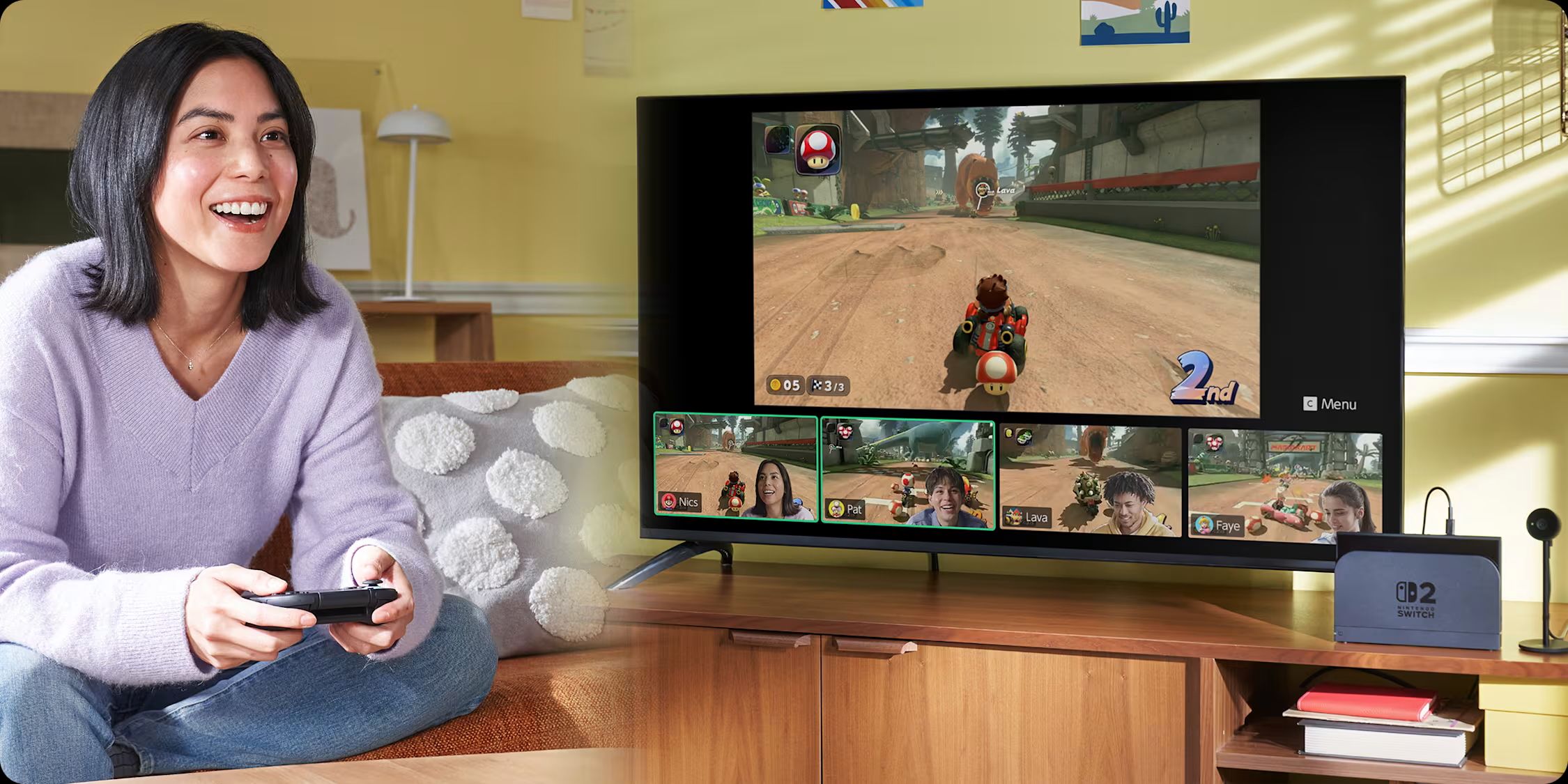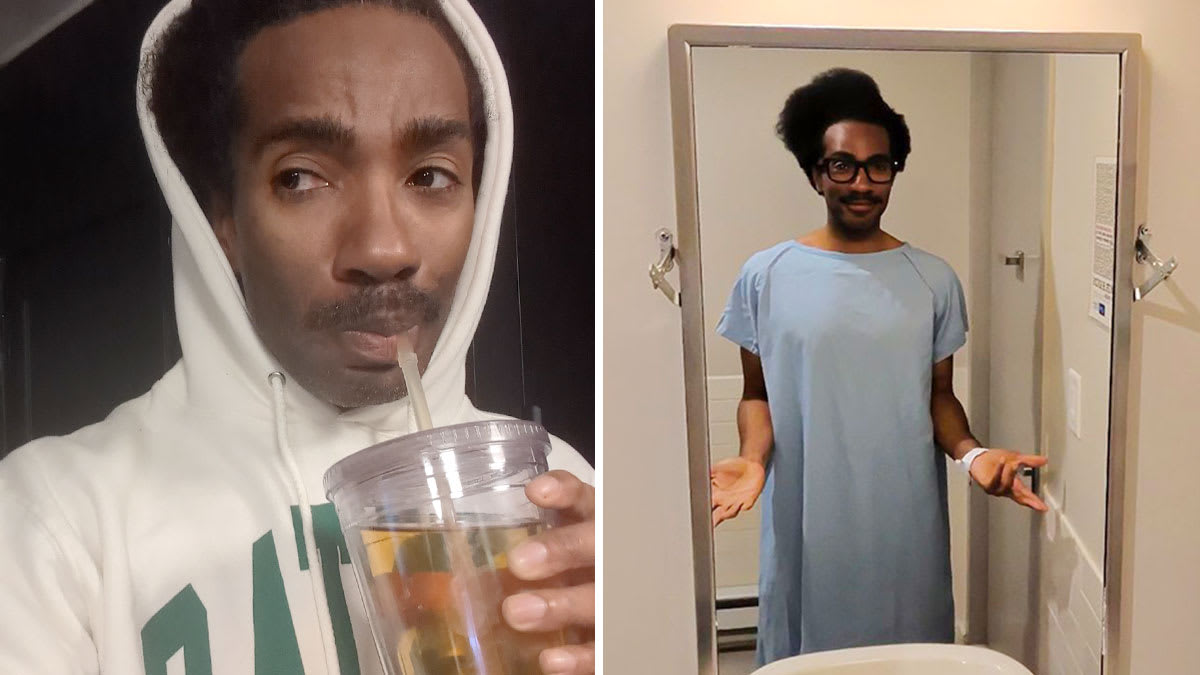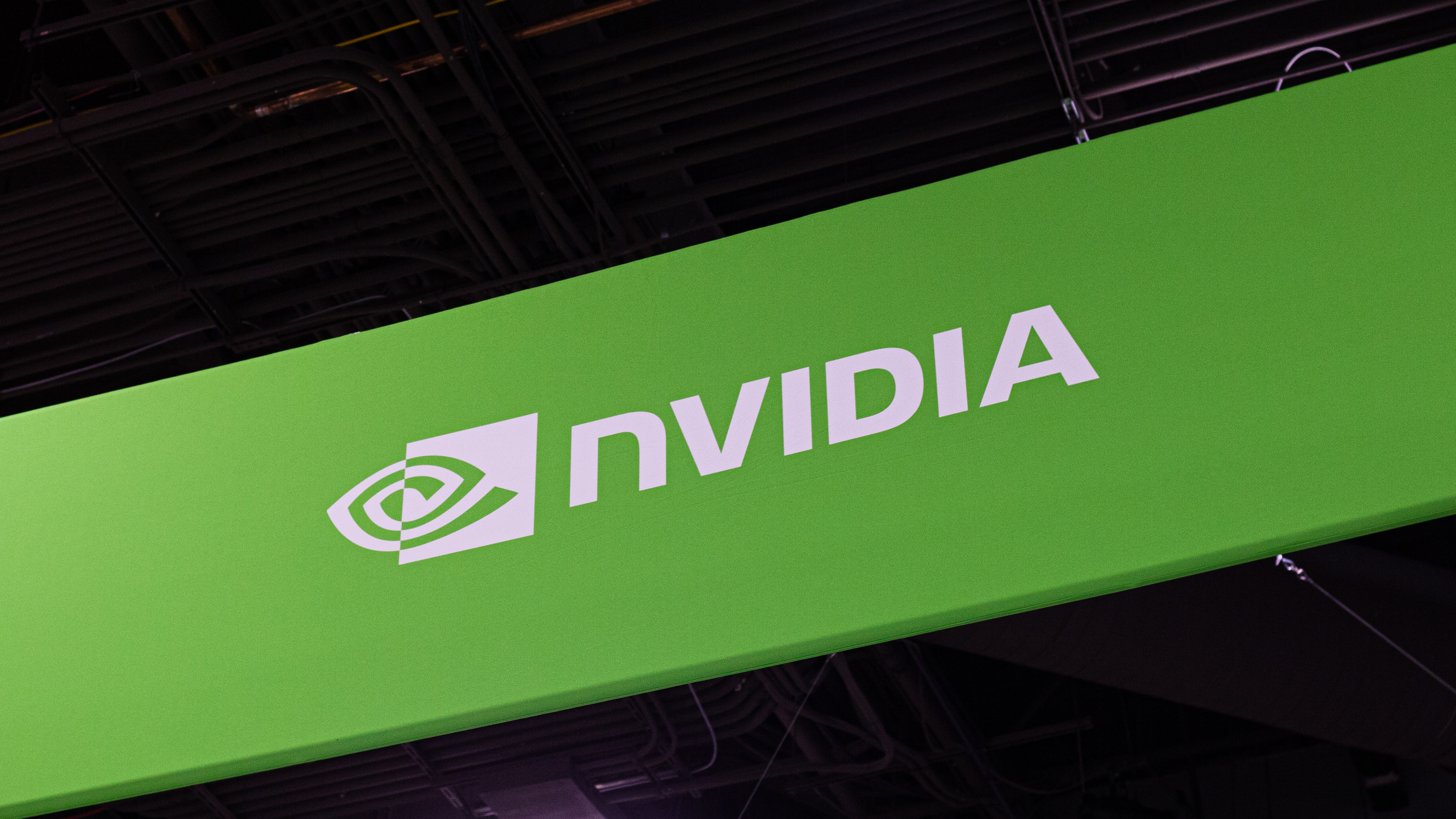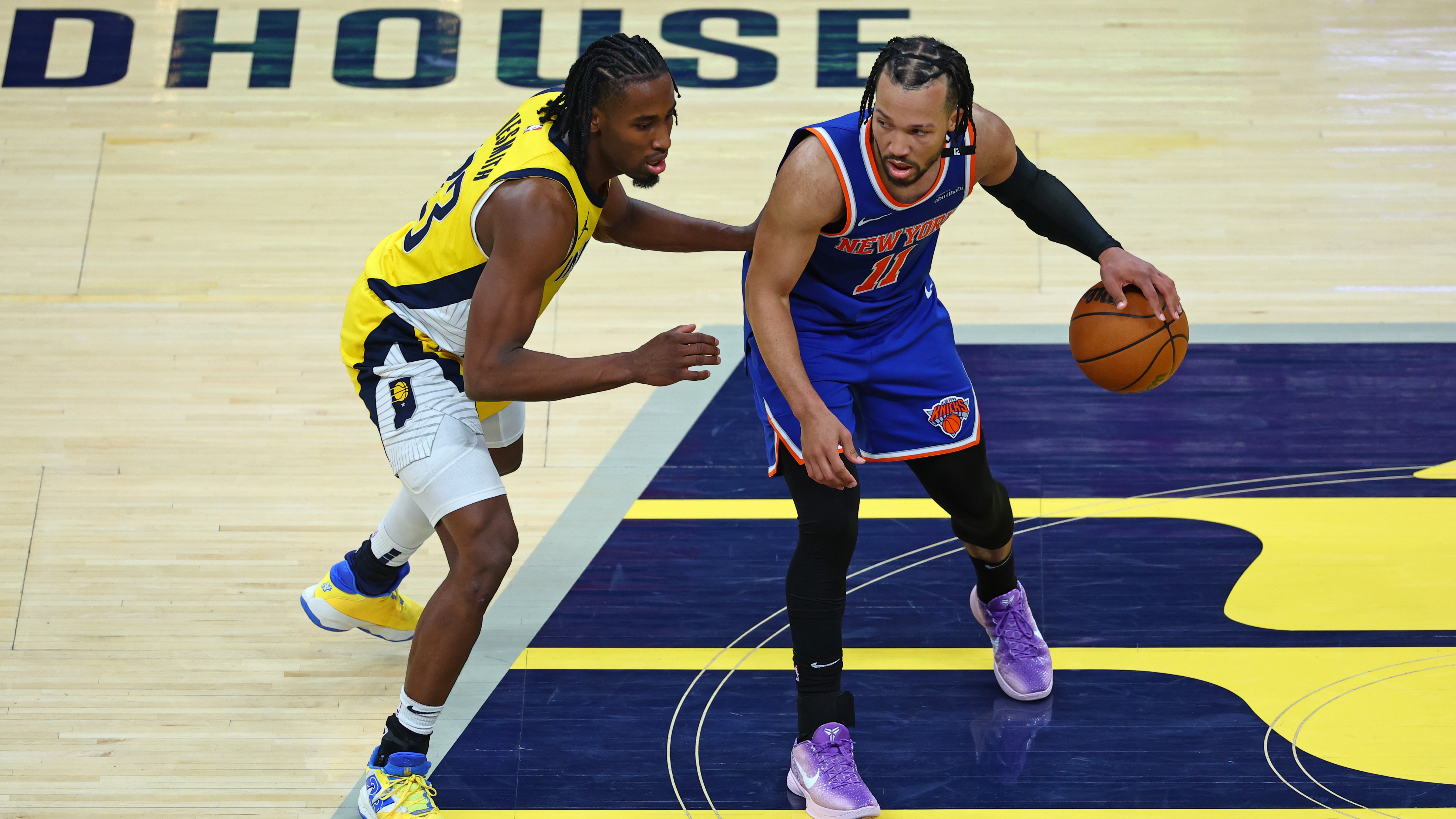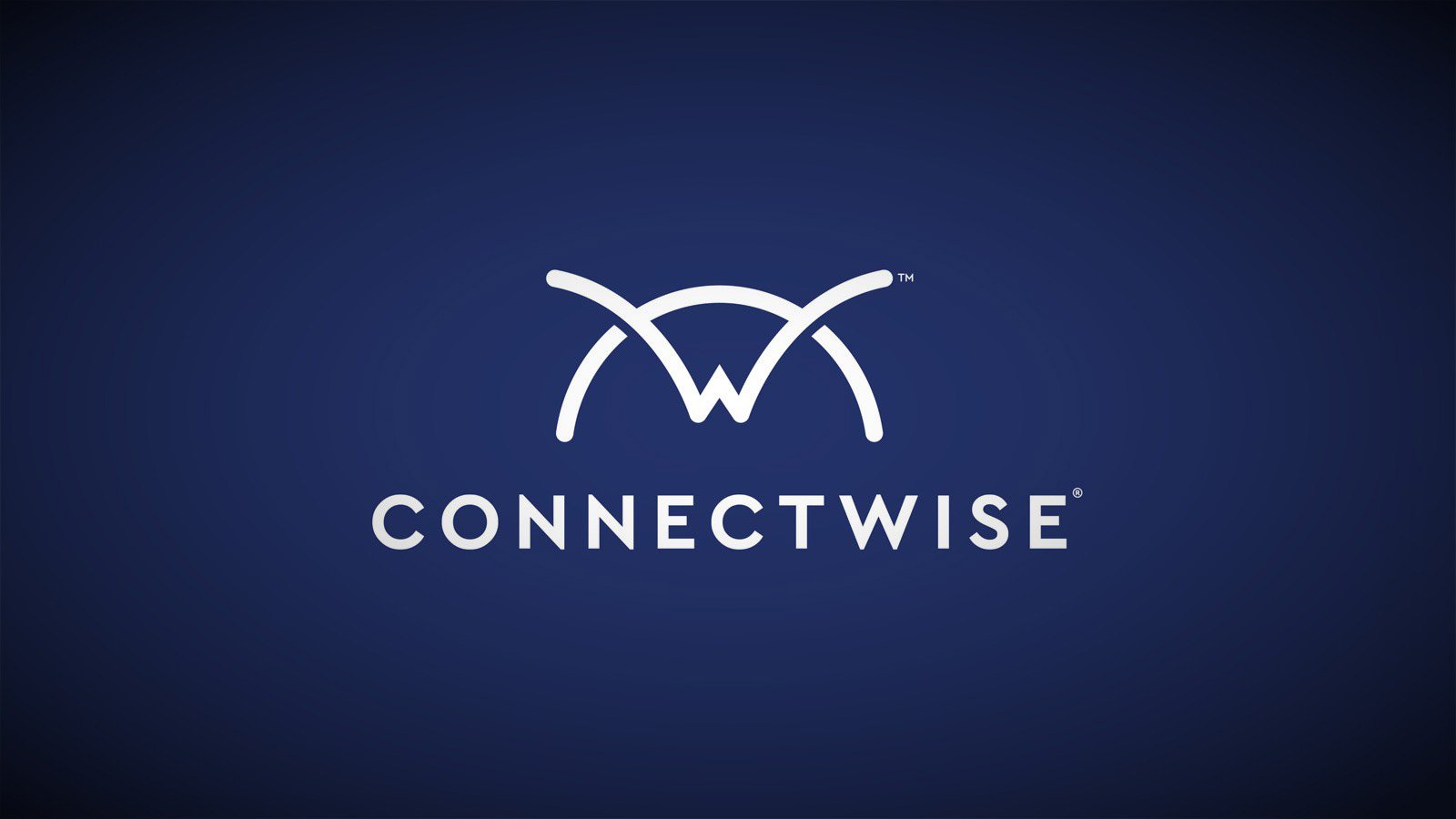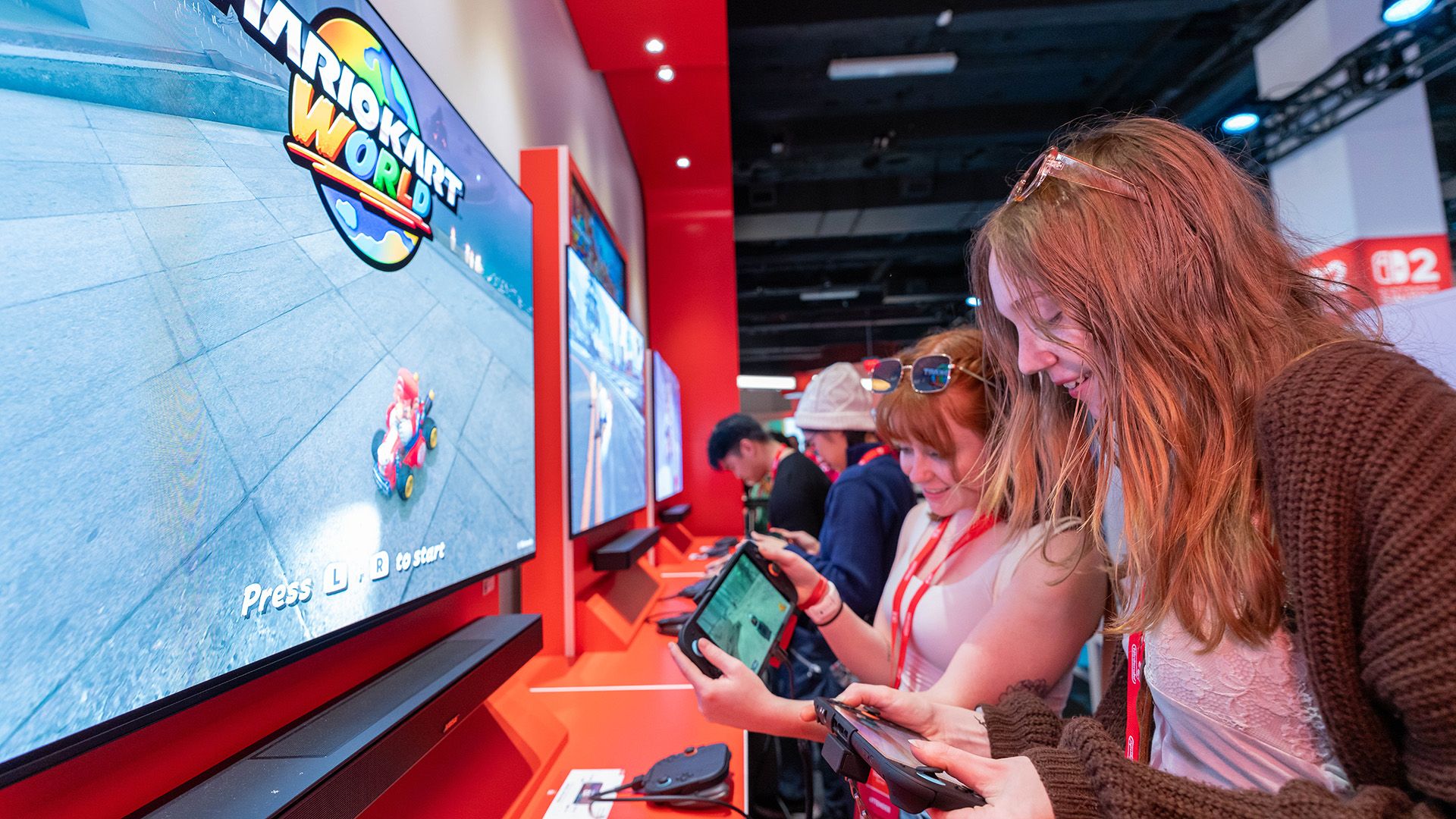
Summary
- The Switch 2 will not be as powerful as an Xbox Series X or PlayStation 5, instead falling coming in closer to a PlayStation 4 or Steam Deck with some notable improvements on both.
- Hardware-accelerated upscaling powered by NVIDIA’s DLSS technology will be key to Switch 2 hitting 4K resolution and maintaining performance.
- The Switch 2 has a few other trade-offs, like the premium GameChat feature and a smaller pool of slower storage but ultimately feels like a solid upgrade for Switch owners and should provide plenty of hardware overhead for some Nintendo first-party magic.
The Nintendo Switch 2 is almost here, and one of the biggest questions on everyone’s lips is: how does the console stack up against current-generation consoles from Sony and Microsoft?
While the exact specifications of the Switch 2 hardware are still something of a mystery, we can infer a lot from the official specifications, gameplay footage that Nintendo has shown, and chip-maker NVIDIA’s own statements.
The Switch 2 Can’t Match the Power of a Home Console
The Switch 2 is a hybrid console that’s only slightly larger than its forebear, designed with both portable and docked play in mind. It would be unreasonable to expect it to pack the same amount of power as a much larger gaming machine that’s designed to sit under the TV and always be connected to power.
Sony and Microsoft turned to AMD’s Zen 2 architecture for the PlayStation 5 and Xbox Series consoles, which is based on technology that initially came to market in 2019 (with the consoles released the following year). These machines share roughly the same specifications, including a total memory pool of 16GB that’s shared between both the CPU and GPU (Sony’s 2024 revision, the PlayStation 5 Pro, gets a speed bump in this department).
By comparison, the Switch uses much newer custom NVIDIA architecture, which is rumored to be based on the company’s Tegra T239 chip. This is mobile silicon, designed with power efficiency in mind for applications like smartphones and tablets. Notably, the original Switch used a custom Tegra X1 processor. Current numbers point to a 12GB total memory pool for the Switch 2, a big improvement on the 4GB in the original console.

Related
Nintendo Switch 2 Overview: Compatibility, Release Date, Design, Features and More
The Switch 2 is real, and it’s finally got a release date.
Power draw is perhaps one of the biggest deciders when it comes to performance. Considering the Switch 2 is designed around the concept of portable play, Nintendo needs it to be able to sip power in order to squeeze out as much battery life as possible. At anywhere from two to six-and-a-half hours, the Switch 2’s reported battery life is one of its biggest disappointments.
Like the original, the Switch 2 will draw more power and amp up the performance when docked (it also kicks out enough heat that Nintendo saw sense to put a fan in the dock). But ultimately, a portable console will consume far less energy than what is essentially a PC that lives under your TV.
It’s generally expected that the Switch 2 will achieve similar levels of performance as the PlayStation 4, and perhaps slightly better performance than the Steam Deck. Nintendo saw fit to equip the console with a variable refresh rate 120Hz display and has touted 4K docked output (with HDR support in both modes). The same “4K 120Hz” promises were made of the PS5 and Xbox Series X generation.
Though Sony and Microsoft have each had their 120Hz moments, they’re far from the norm. Maybe Nintendo in particular will be the master of its own hardware, an exciting prospect given the performance in-house teams managed to achieve in titles like Tears of the Kingdom and Super Mario Odyssey. As per the Metroid Prime 4: Beyond announcement, the company has already confirmed two graphics modes: quality that runs at 4K with 60 FPS, and performance that runs at 1080p with 120 FPS.
Perhaps the most significant damper was the performance we saw from third-party titles. In its April reveal, Nintendo showed Elden Ring and the Final Fantasy 7 Remake running at 30 FPS with a resolution of only 1080p according to the pixel-peepers at Digital Foundry.
Nintendo Has an Upscaling Trick Up Its Sleeve
So how is Nintendo going to hit 1080p in portable mode or 4K when hooked up to a TV without severely compromising performance? All signs point to hardware-accelerated upscaling.
NVIDIA has confirmed DLSS support is making its way into the Switch 2, and even boasts that the technology is key to getting “10x” the performance of the original hybrid. Take that last claim with a pinch of salt considering the lukewarm reception that NVIDIA’s 50-Series GPUs received.
Hardware-accelerated upscaling efficiently allows the console to render games at lower internal resolutions. Nintendo can then leverage NVIDIA’s Deep Learning Super Sampling technology to reconstruct a higher-quality image in real time.
This technology will likely be necessary for the Switch 2 to achieve its lofty target of 4K output at up to 120 FPS. NVIDIA even talks about ray tracing in its blog post, which is likely to raise a few eyebrows. The promise of ray tracing in even Sony and Microsoft’s most powerful consoles has gone largely unrealized so we’ll believe it when we see it.

Related
Ray Tracing Isn’t a Gimmick, It’s a Way Bigger Deal Than You Think
The future’s bright for ray tracing.
The base PS5 and all Xbox Series consoles lack any form of hardware-accelerated upscaling, though software implementations like AMD’s FidelityFX Super Resolution (FSR) are used by some games.
The only other console with hardware-accelerated upscaling is the PS5 Pro, which uses Sony’s own PlayStation Spectral Super Resolution (PSSR), which Sony is using in an attempt to deliver quality mode graphics at performance mode frame rates. So far, the technology has received a good reception which bodes well for the less powerful Switch 2.
The Switch 2 Lags in Terms of Storage
Switch 2 only ships with 256GB internal storage, whereas the original PS5 has 825GB, the PS5 Pro has 2TB, and the Xbox Series X has 1TB (with a 2TB model on offer). It’s a shame that Nintendo didn’t up this to at least 512GB, though the Switch 2 supports storage expansion via microSD Express card.
This could suggest that the internal storage is limited to the same speeds as the slower microSD Express standard. Unlike the comparatively slow removable storage used in Nintendo’s first Switch console, microSD Express relies on a zippy PCI Express interface, bringing it more in line with the faster SSDs found in modern consoles.
microSD Express offers “full duplex” transfer speeds of anywhere from 985MB/s to 3,940MB/s. That means that data can be written and read at the same time. Comparatively, Sony requires a read speed of 5500MB/s for drives attached to its NVMe expansion slot. This is the minimum standard required for modern PS5 games. The Series X has around half of this bandwidth available.
Current microSD Express cards only offer speeds at the lower end of the spectrum, with the SanDisk listing top speeds at 880MB/s for reads and 650MB/s for writes. This falls significantly short of the speeds seen in the PS5 and Xbox Series consoles.
This could present a problem when porting games from the PS5 or Series X generation that depend on significant amounts of bandwidth. Trade-offs could come in the form of lower-quality assets (like textures), and slower loading times.
Nintendo Will Charge You for GameChat
The Nintendo Switch has a new C button, which is how you access Nintendo’s brand new social feature called GameChat. This is the company’s take on an app like Discord, offering a way for up to 12 people to communicate in a session at once. The feature supports voice comms, webcam chat using an optional camera attachment, and the ability for four members of the chat to share their gameplay.
GameChat isn’t dependent on everyone playing the same game but rather exists as a place to hang out regardless of what you’re playing. It’s a neat idea, with one big drawback. GameChat requires an active Nintendo Switch Online membership (starting at $49.99/year), which effectively makes it a paid feature. Early adopters can use GameChat for free until March 31, 2026.
Sony and Microsoft have their own party systems for getting together and playing with friends, and these can be used free of charge. While they don’t include the same video-sharing features that Nintendo GameChat has, they work in largely the same way for voice communication (Xbox supports party sizes of 12, while PlayStation ups this to 16).
It’s also worth noting that both Sony and Microsoft’s current and last-generation consoles all have Discord support baked-in. You can connect Discord to an Xbox or sign into the service on a PS5 and enjoy voice chat communication right from your console’s dashboard (free of charge).
Considering all platforms charge for online play and you’ll likely be drawn to GameChat for staying in touch in multiplayer experiences, this is perhaps not the big drawback that it initially seems to be. Nintendo’s online offering is relatively cheap, even if you opt for the pricier $79.99 Nintendo Switch Online Expansion Pass to get access to more goodies.
Prices Are Evenly Matched, With One Caveat
A PS5 Slim Digital Edition currently retails for $399.99, while a regular Slim with a disc drive costs $449.99. The PS5 Pro costs a lot more at $699.99, and that doesn’t even include a disk drive. The Xbox Series X starts at $499.99 for the 1TB version with a disc drive, but you can save $50 if you want an all-digital white console instead.
-
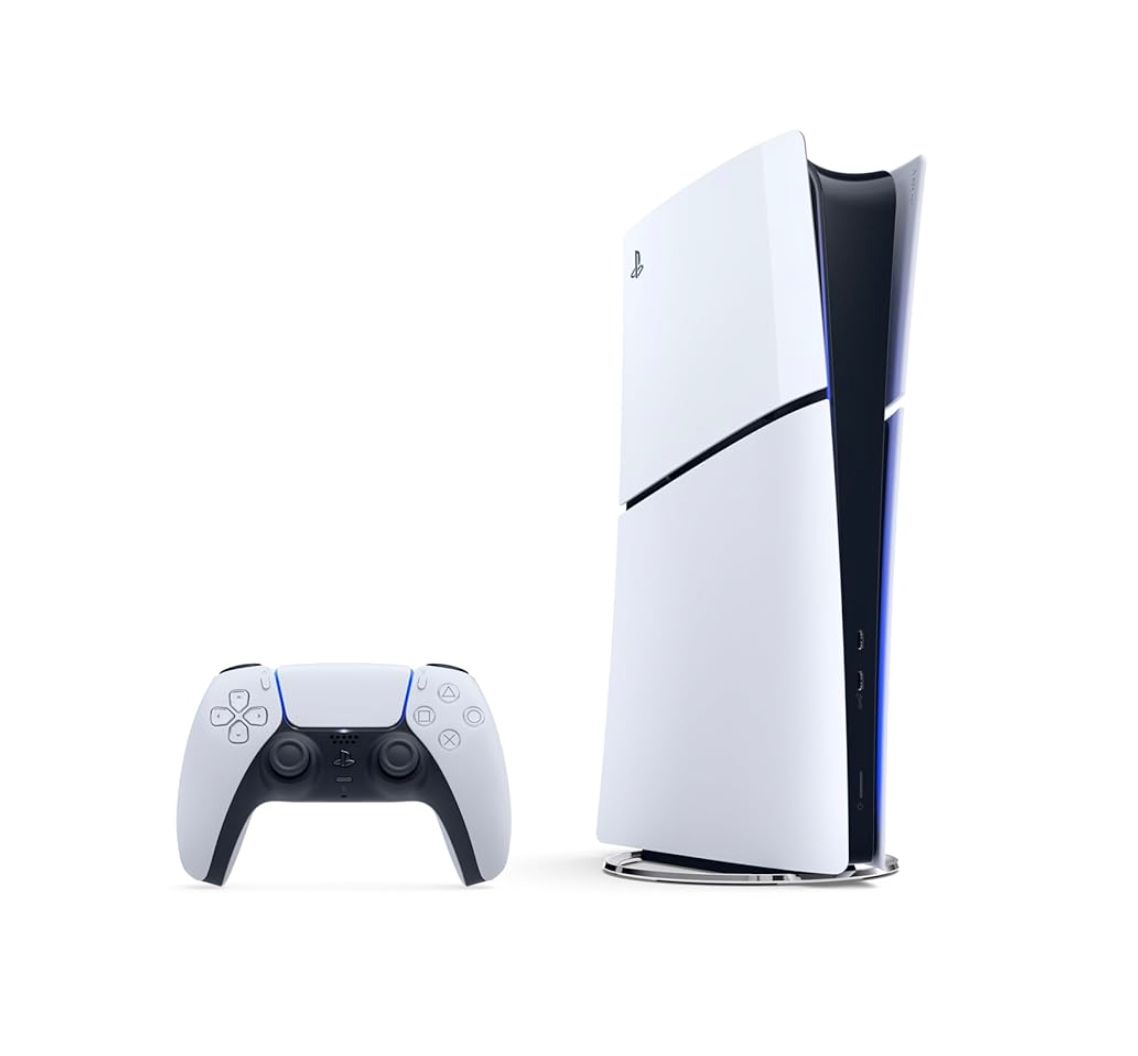
PlayStation 5 Slim Digital Edition (PS5)
The PS5 Slim Digital Edition is the cheapest entry point to Sony’s current-generation title.
-
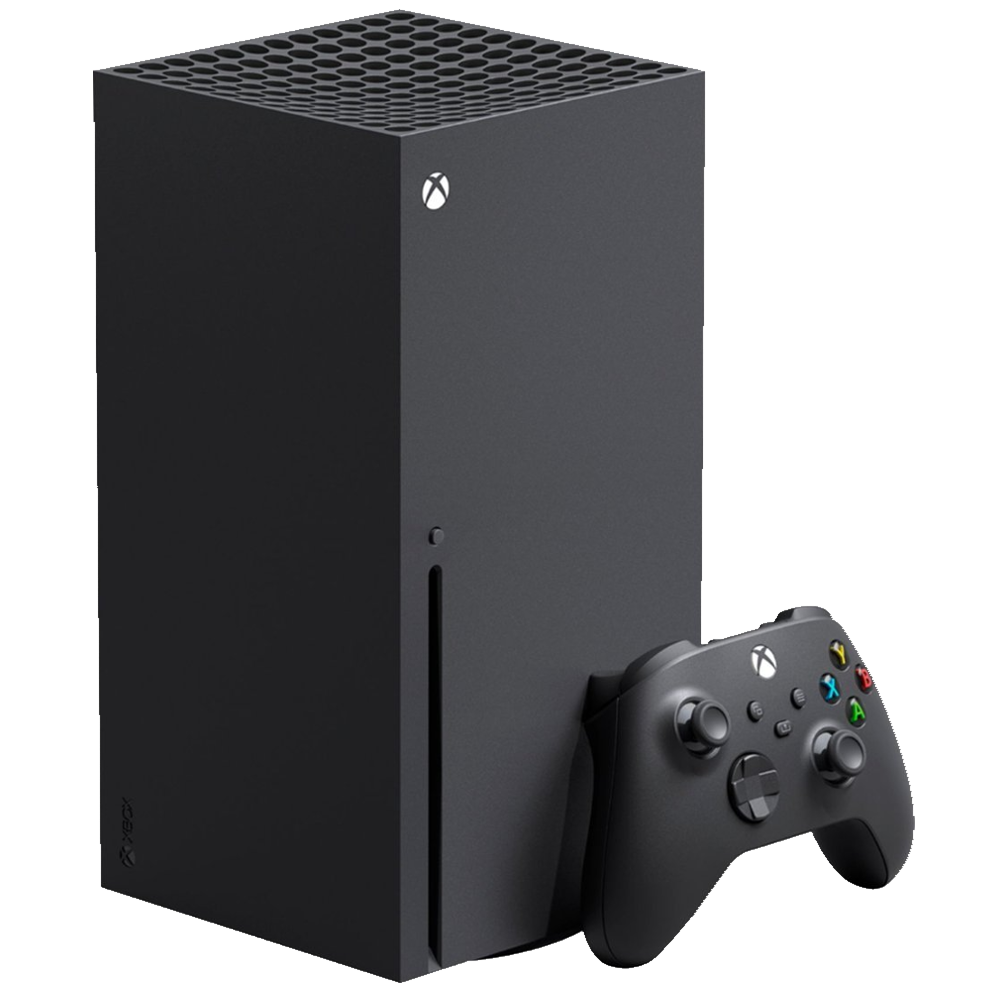
Xbox Series X
The Series X is the most powerful current-generation console and offers access to Microsoft Game Pass for a large library of subscription games out of the box. It also doubles as a UHD Blu-Ray player!
The Switch 2 starts at $449.99, with a time-limited Mario Kart World bundle available for $499.99. There is no exclusively digital version of the Switch 2. You can save some money by bringing your old Switch accessories across with you.
The only catch with the Switch 2 is Nintendo’s announcement that some Switch 2 games will cost $80, a $10 premium on the already-established MSRP of $70 introduced with the PlayStation 5. Since Nintendo games tend to hold their value, there’s a good chance that Switch 2 games will cost you more over the life of the console than comparable PlayStation or Xbox titles (especially if you’re sticking to Nintendo’s exclusives).
The Switch 2 looks like a great upgrade for anyone who loved the original console and is looking for more of the same. For many, the draw of Nintendo franchises like Mario, Zelda, and Animal Crossing will be enough to seal the deal. If you want to play these games, you’ll likely have no choice but to spring for a Switch 2 at some point.
Source link


